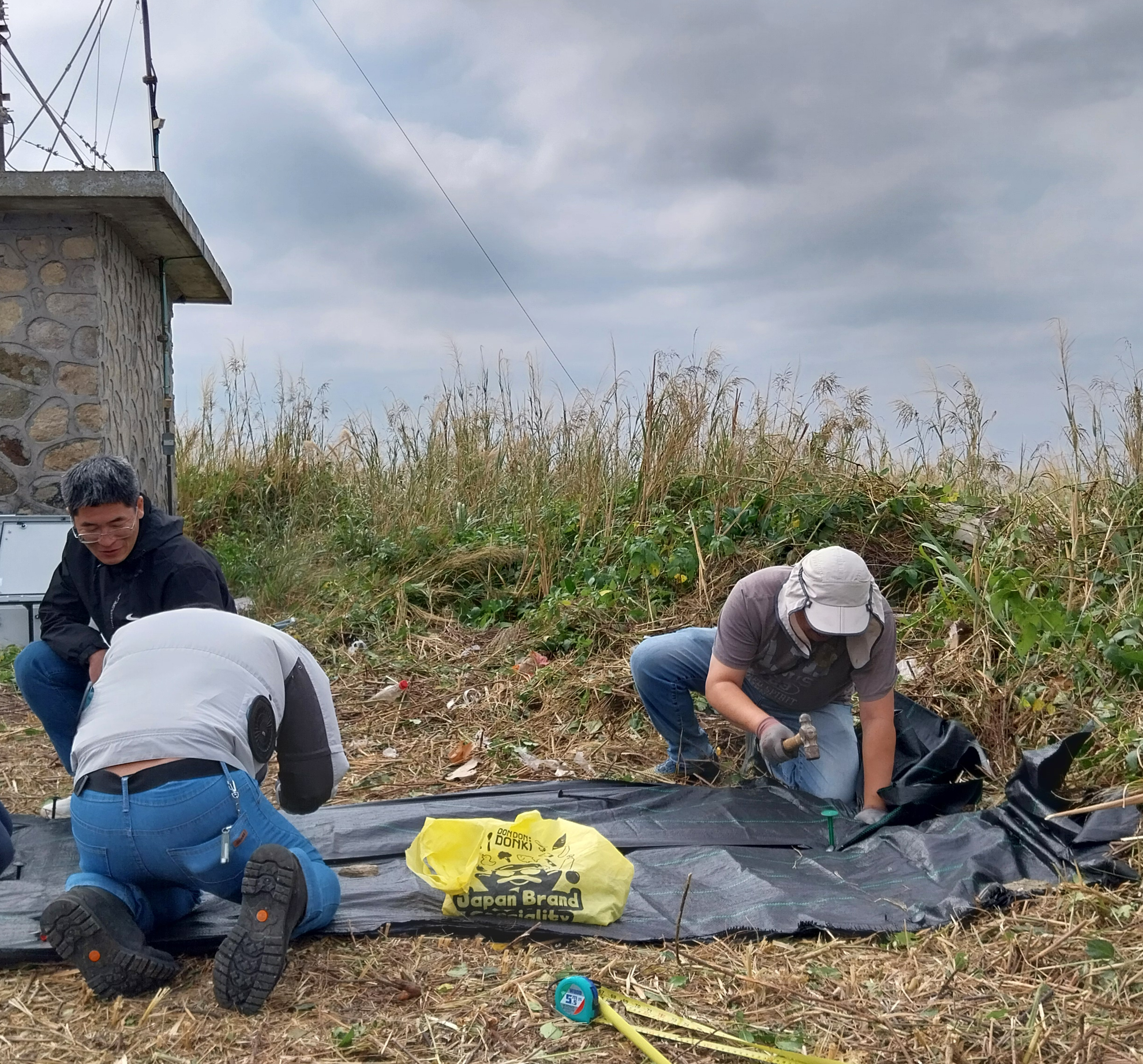A New Chapter in Huangmao Zhou – Feasibility Study of Earthquake Measurements
30 January 2025
David TW Hui, Andy OD Li and Matthew HM Chan
Measuring earthquakes is like listening to the sound of the Earth. Extracting seismic signals from the numerous vibrations in the earth crust requires accurate and reliable instruments, good network coverage, and a quiet and usable site. The concept is simple, but the actual construction and operation require passion and a lot of effort. With today's technology, the quality of instruments is not a problem; and network coverage can be expanded through cross-border cooperation; finding quiet and usable sites is not easy, especially in and around densely populated cities, where various human activities can cause vibrations. Even isolated islands far away from human habitation will record noise due to the impact of winds and waves, and isolated islands often lack infrastructure. In terms of seismic monitoring, the area south of Hong Kong is a vast ocean lacking seismic data. Setting up reliable seismic stations is definitely a valuable and challenging task.
After a series of discussions, the Hong Kong Observatory and the Guangdong Earthquake Agency concluded that it is worthwhile to set up a seismometer in the meteorological station at Huangmao Zhou, which is south of the Pearl River Delta, and to jointly conduct experimental measurements and evaluate whether Huangmao Zhou is suitable as a long-term and continuous earthquake monitoring site.
The inspection and maintenance of the Huangmao Zhou Meteorological Station in 2024 was scheduled for 12 December, the Observatory’s seismic station construction team seized this opportunity to visit Huangmao Zhou. Preparation work started more than three months in advance, to make ready and complete testing of the necessary modules of the temporary seismic station. On the day of landing on the island, after several hours of intensive work, the construction of the infrastructure of the Huangmao Zhou temporary seismic station was finally completed.



Figure 1: Intensive work schedule of the Huangmao Zhou seismic station construction team
The seismic station continuously collects seismic waveform data under limited solar power supply. There is still a significant amount of optimisation work in the future. Whether the data collected by the seismic station can be used uninterruptedly needs to be analysed. It is encouraging to see that the seismic station recorded waveform data of earthquakes which caused locally felt earth tremors in Hong Kong, as well as those of the major earthquake in Xizang on 7 January 7 2025, indicating that Huangmao Zhou has a definite potential value for earthquake measurements.
